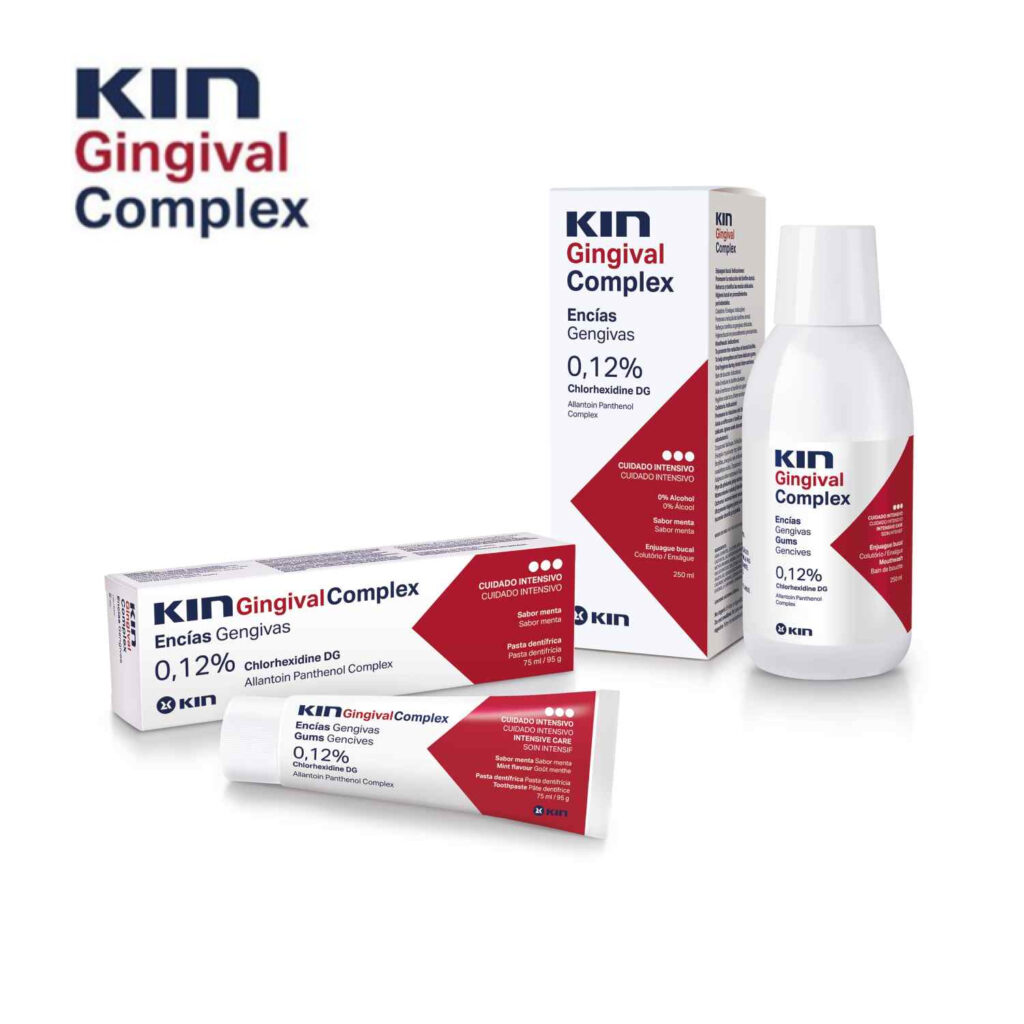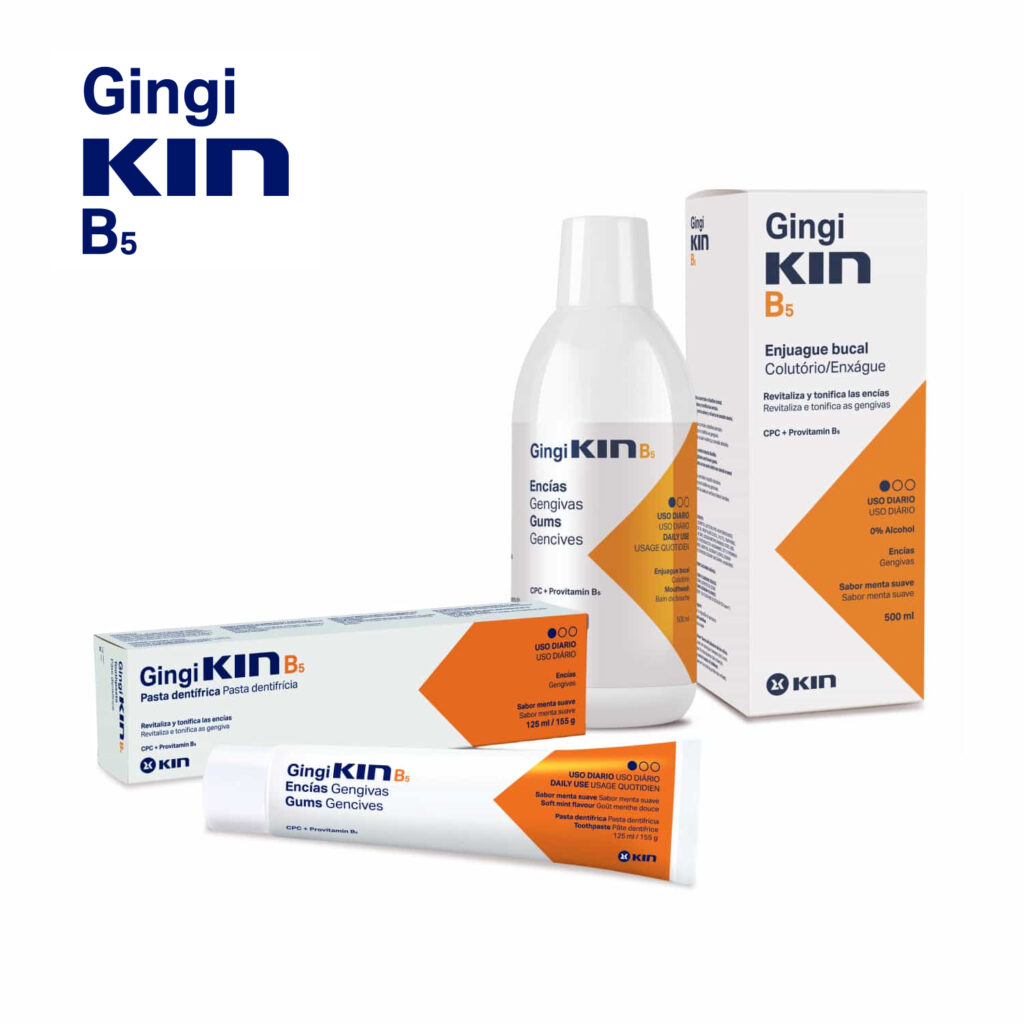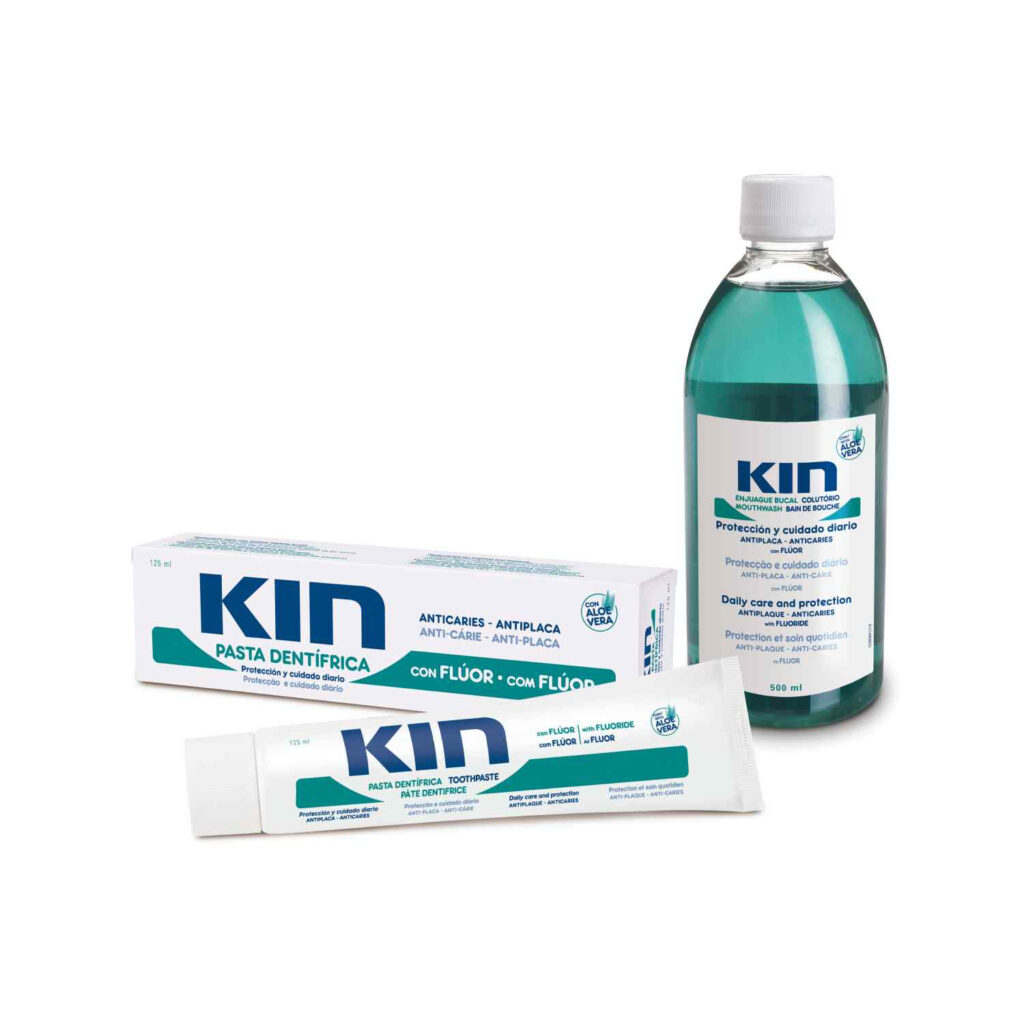Since the beginning of the pandemic caused by the new SARS-CoV-2 coronavirus, and due to the similarities of this strain with other viruses of the same family such as the influenza virus or SARS, the COVID-19 has been associated with different acute respiratory syndromes that have become evident especially in patients with severe symptoms. However, this virus, which has the mouth as one of its main entry points into the body, also has novel mechanisms that allow it to start replicating long before reaching the lungs.
A recent scientific study, carried out in Germany on asymptomatic patients, has shown that the virus begins its multiplication in the mouth and throat, acting as the main reservoir for the spread of the disease.
This could explain why patients with a high concentration of virus in the throat present such a characteristic symptom as loss of taste and smell. If this virus has such a predilection for the mouth and throat that it is its gateway par excellence, the care of oral hygiene is a determining factor in the spread of the virus along with the rest of the control measures issued by the health authorities.
According to the latest news issued by the Spanish Society of Periodontology and Osseointegration (SEPA), oral health care is essential in the current coronavirus pandemic. In addition to hygiene measures such as hand washing using soap and water, the use of hydroalcoholic gels and masks, within a complete hygiene routine, it is very important to keep the mouth healthy and protected.
The presence of certain disorders and damage in the mouth that recur in many patients has led researchers to explore the effect of the virus in the oral cavity. The presence of coronavirus in both saliva and some epithelial cells in the mouth correlates the disease with this route of entry.
A study published last October 27th, which aims to describe the epidemiology, clinical features and immune response to SARS-CoV-2 infection, as well as to develop new diagnostic tests focused on saliva, confirms the presence of SARS-CoV-2 infection in salivary glands and oral mucosa. In conclusion, the mouth represents a robust site for SARS-CoV-2 infection and implicates saliva in virus transmission.
Thanks to the presence of ACE2 receptors found in these oral cells, the virus can easily connect with them to host itself inside them and activate the replication mechanism.
The mouth is not only a route of infection for the virus through which it can be transmitted from one person to another with the emission of small droplets of saliva. It could also be a perfect medium for incubating SARS-CoV-2.
The mouth: one of the main routes of entry and transmission of COVID-19
A healthy mouth is synonymous with health. It is not only the gateway to the coronavirus, but also the main defense against other infectious diseases, which we must protect by ensuring proper health.
At this time when there is an increased risk of contracting COVID-19, dental health experts recommend both in healthy people and in patients who are carriers or with the typical symptoms of the disease, to take extreme measures of oral hygiene to limit the entry of the virus and at the same time reduce the viral load as much as possible. Maintain a healthy mouth with daily care routines.
Discover our products for daily oral care

Oral hygiene recommendations against COVID-19
What are the guidelines to follow to protect the mouth against the entry of the coronavirus? The different scientific societies have issued their own communiqués addressed to the general population in order to follow correct oral hygiene guidelines.
Even if you were already taking good care of your mouth health before this global pandemic, you can continue to protect it against the entry of the coronavirus thanks to these tips from the Professional College of Hygienists of Madrid:
-
- Avoid cross-contamination at home by keeping toothbrushes separate.
- After each use, place the brush in an upright position so that it dries properly.
- If you use the cap of your brush, it is preferable that it has holes for drying.
- Change the brush after an infectious process.
- Complete oral hygiene with the use of floss, interproximal brushes or dental irrigators.
- Clean the tongue after each brushing.
- Disinfects the toothbrush after use, especially in patients suffering from COVID-19.
- Use mouthwashes to reduce the microbial load in your mouth. Cetylpyridinium chloride 0.05% is a germicidal compound commonly used in oral hygiene products that helps control the growth of viruses and bacteria.
Taking care of your mouth is not only extra protection, but also an essential measure to avoid contracting or transmitting coronavirus disease. Protect yourself and those around you by keeping your mouth cleaner and free of microorganisms.
Discover our oral hygiene products with CPC
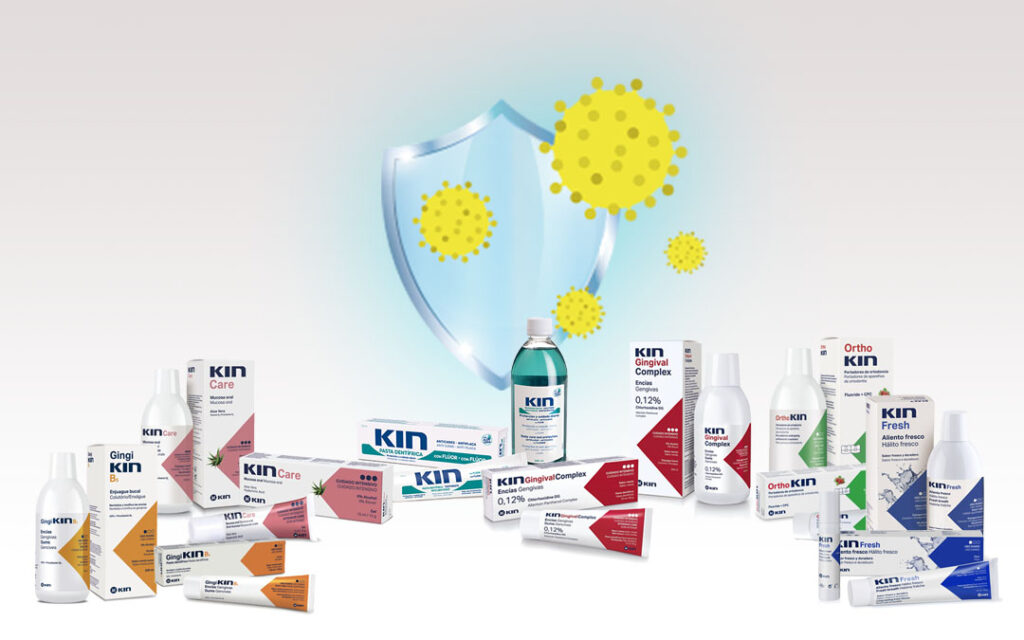
You may be interested in: Cetylpyridinium chloride as a tool against COVID-19


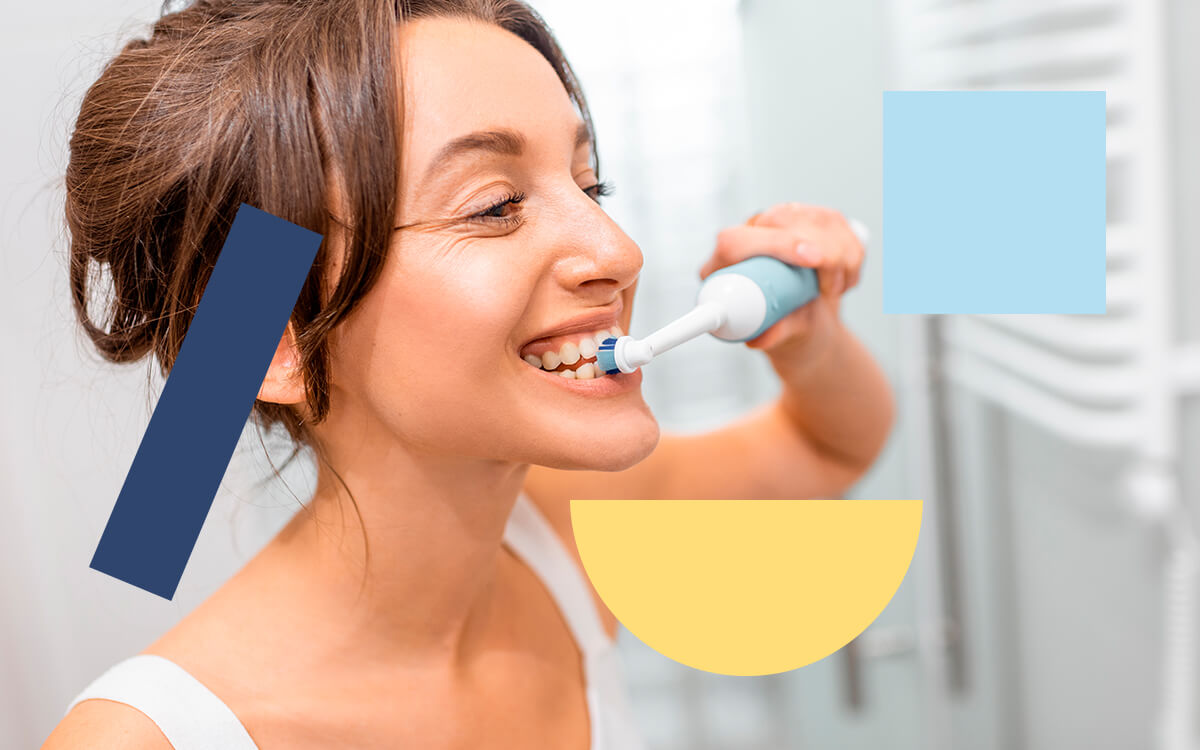 What to consider when choosing the best electric toothbrush?
What to consider when choosing the best electric toothbrush? How to relieve pain with newly placed braces?
How to relieve pain with newly placed braces? How to keep your breath fresh?
How to keep your breath fresh?